In recent decades, China has lost much of its historic architecture. Now, however, there is a change in attitude and a growing appreciation of the country’s architectural heritage. For the Kuilongfang district, architect and university professor Jie Zhang has developed a restoration concept that skilfully integrates the uniquely Chinese context.
by Fabian Peters

For the second time, you and your team have received the “Best of Best” award at the ICONIC AWARDS: Innovative Architecture in 2024. This year, the jury was impressed by the restoration of the historic Kuilongfang district. What makes this project special?
Prof. Jie Zhang: The Kuilongfang district is one of the oldest in the city of Lianjiang, a former major trading city. In the second half of the 20th century, Kuilongfang fell into decline. The historical townhouses were distributed to the working class under the socialist government. Later, financial difficulties meant that there was no money to repair the overcrowded historic buildings. A few years ago, it was decided to demolish and rebuild Kuilongfang, except for a few historical monuments.
Was there no interest in the historic buildings?
The residents wanted the modern amenities that the old houses lacked. They wanted new buildings. When we joined the project, half of the historic town had already been demolished and cleared away.
How did you manage to change the direction of the project?
We had extensive discussions with the city and the developer who was in charge of transforming the area. We urged them not only to preserve a few notable buildings, but also to retain as much of the character of one of the city’s oldest neighbourhoods as possible.
‘The residents wanted the modern amenities that the old houses lacked. They wanted new buildings. When we joined the project, half of the historic town had already been demolished and cleared away.’
– Prof. Jie Zhang
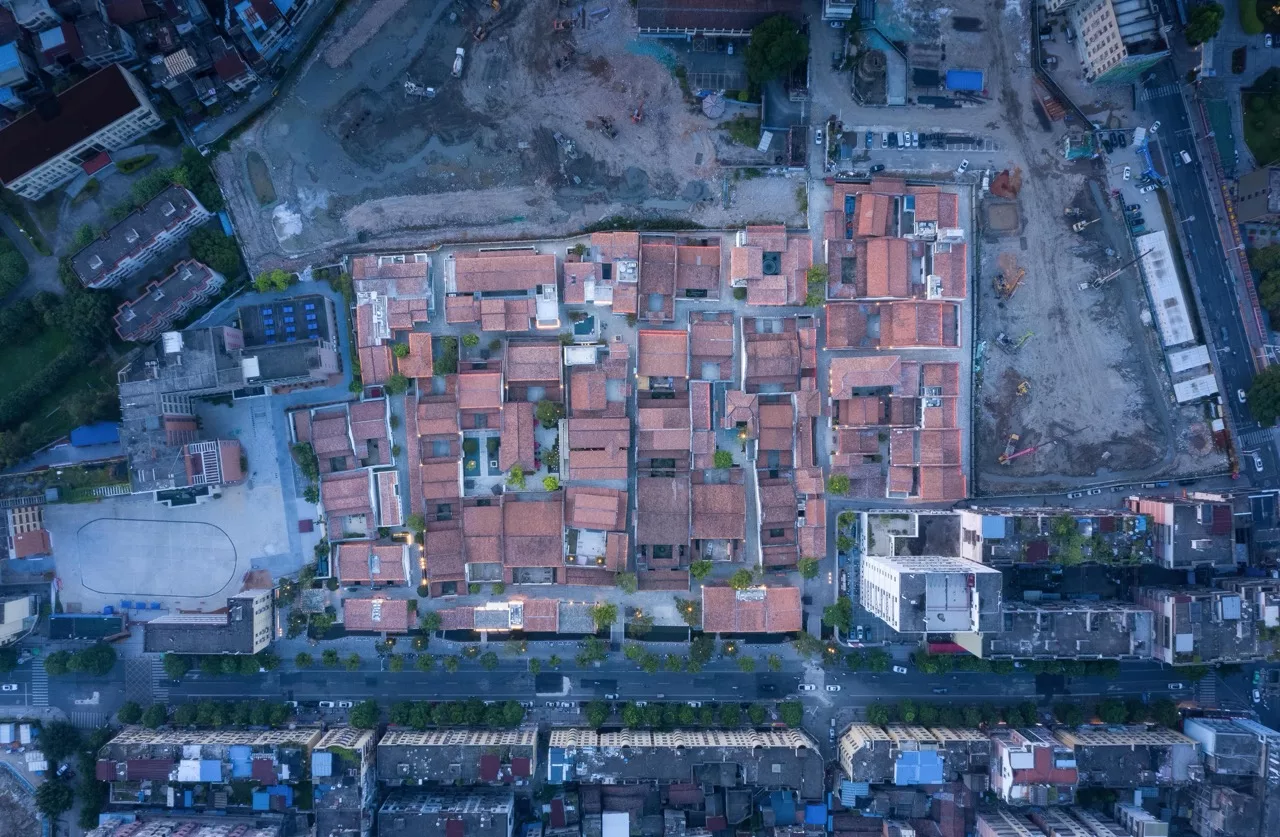
It must have been a challenge to overturn an existing plan. How did you convince the developers and the city?
We faced several challenges, the most pressing being what to do with the cleared land. We proposed low-rise buildings instead of high-rise apartments to preserve the character of the neighbourhood. With a lot of effort, we came up with a new development plan that included lower building heights and preserved the structure and character of the old neighbourhood – for example, by planning shops on the ground floor.
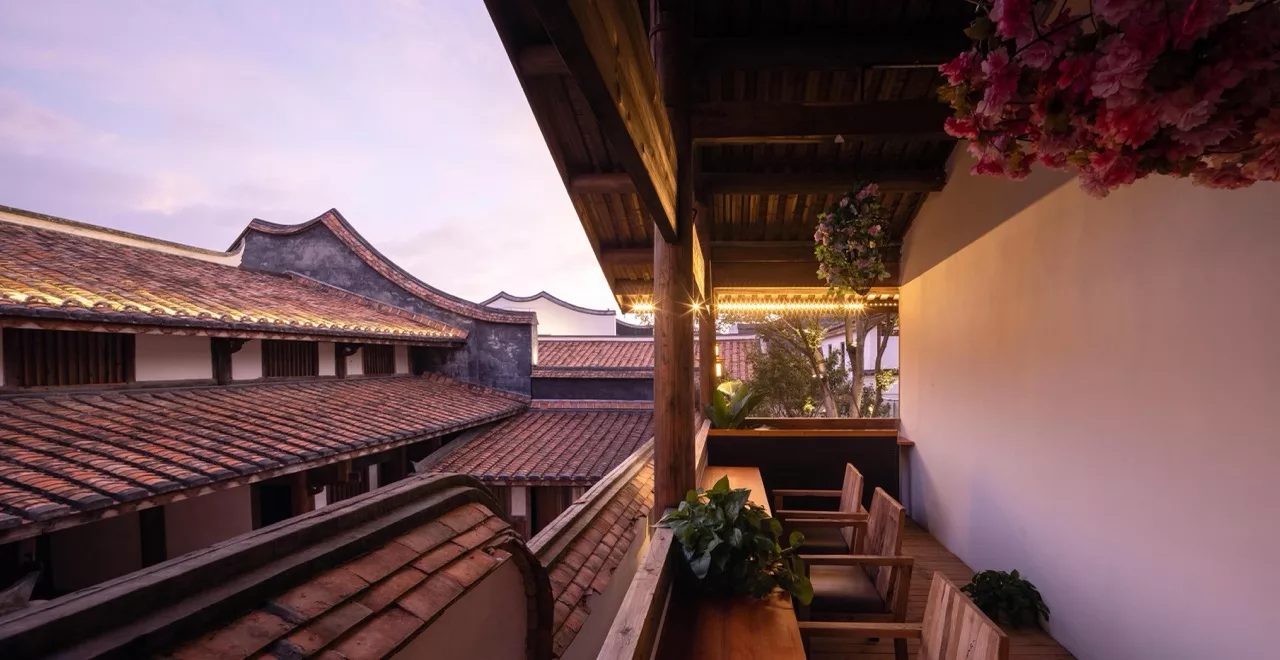
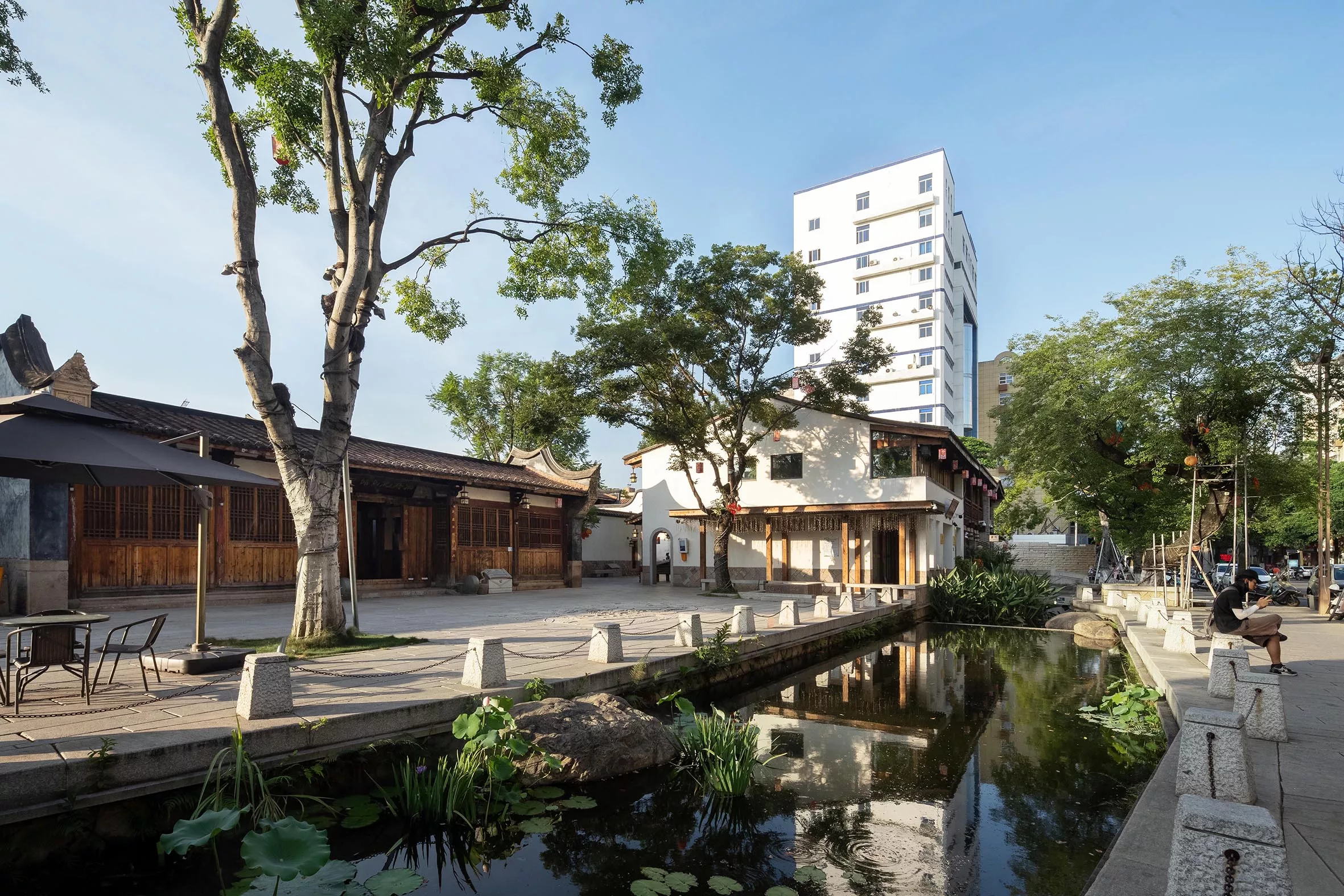
Is it unusual in China to opt for the preservation and restoration of such a historic part of the city?
In Liangjiang, we benefited from the increased awareness of cultural heritage in China in recent years. This made it possible to reach a consensus with all parties on our restoration plan. We’ve shown that it’s possible to adapt historic architecture, no matter how dilapidated, for new uses. But first we had to identify which uses made sense.
How did you go about it?
For example, there was a beautiful old courtyard house that once was the home of a prominent family, and even today the family members still visit this place. So we thought, if people want to visit this house, why not create a heritage centre here? For buildings without heritage status, we looked for uses that would make them accessible to former residents, such as restaurants and shops. In a way, this is a model project for China.

What conceptual approaches are guiding heritage restoration in China?
The “Venice Charter”, which has been influential in Europe for decades in terms of restoration and conservation, is now gaining attention in China. Preserving the original material is increasingly important to us. But there’s often a debate about whether it’s better to preserve damaged and worn parts or replace them with replicas. Our office has been working on this issue for 20 years. Compared to Europe, we have to bear in mind that much of China’s historic architecture is made of wood, which lacks the durability of stone.
How has the project been received by the public?
Our approach to renovating and revitalising a historic district was so unprecedented in China that it attracted many young people who had moved away back to Liangjiang. The success of this restoration campaign has also led to plans to restore the other remaining parts of the old town in the same way, which makes us very happy and hopeful for the future.
‘Our approach to renovating and revitalising a historic district was so unprecedented in China that it attracted many young people who had moved away back to Liangjiang. The success of this restoration campaign has also led to plans to restore the other remaining parts of the old town in the same way, which makes us very happy and hopeful for the future.’
– Prof. Jie Zhang
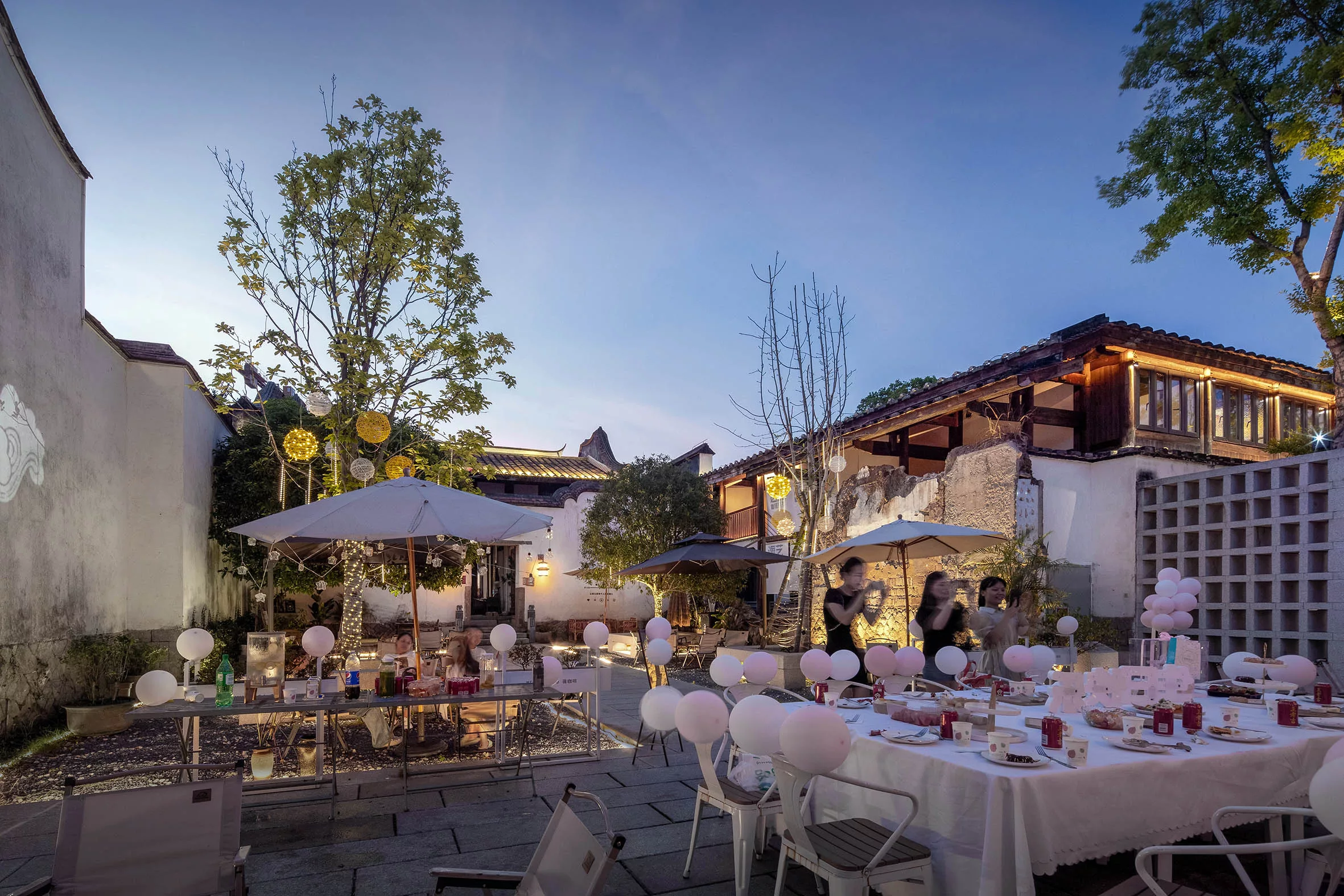
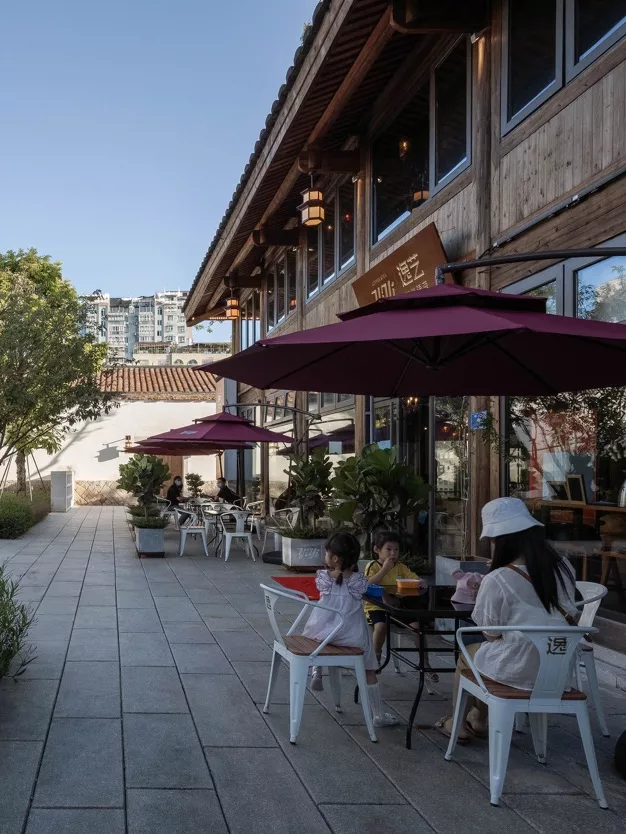
This is a great achievement. Do you think this approach offers a way forward for China’s cities?
A few years ago, UNESCO defined conservation as a cornerstone for sustainable urban development in the 21st century. Our project translates this goal into the Chinese context. The Chinese government is promoting what’s called high-quality urban development, which I think means that development must have a strong cultural dimension. The Kuilongfang project shows that culture can play a powerful role in sustainable, social and economic urban development. I hope that our project will serve as a model – at least for certain urban redevelopment projects.
What makes China’s context different from, say, Europe’s?
China’s economic and demographic situation is completely different from Europe’s. Urbanisation in China is rapid and the population density in the metropolitan areas is immense. Kuilongfang is located in a fast-growing metropolitan area, and the city has limited land available for housing. I believe our project illustrates how both the demands of urban growth and the desire for heritage preservation can be met. We are deeply honoured that our approach has been recognised in Europe and that the Kuilongfang project has been awarded the ‘Best of Best’ prize at the ICONIC Awards.

You mentioned earlier that there is a new awareness of the value of historic buildings in China. Does this generally make it easier to implement conservation projects and preserve historic city centres?
Definitely! In recent years, the government has enacted many laws to protect cultural heritage, and public awareness of these issues has grown tremendously. On the one hand, we are getting more support for our restoration projects, but on the other hand, it also brings new challenges. We have to work with citizens and cities to find new uses for historic buildings, while taking into account economic needs. It is a difficult balancing act. China has 140 protected historic city centres, which are also the country’s economic hubs. There are 760,000 protected buildings in China that we need to protect, use and integrate into modern life. This puts a lot of pressure on our profession. We can only solve this problem by making our architectural heritage a positive factor in China’s cultural, economic and social development.
As an architect, you also teach architecture at Tsinghua University in Peking. Are your students interested in heritage issues?
More and more students are interested. It’s becoming a trendy discipline – not only in architecture, but also in the humanities. Restoration projects attract young people in particular – a phenomenon that can be seen all over China.
Read more about the winning project here.

Über die ICONIC AWARDS 2024: Innovative Architecture
All winners of the ICONIC AWARDS: Innovative Architecture:
Share on Social Media



